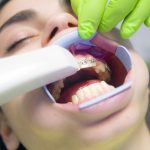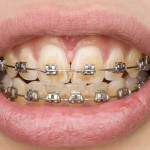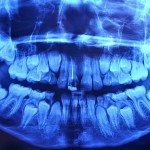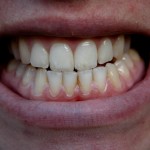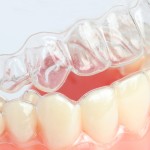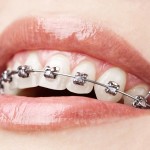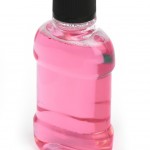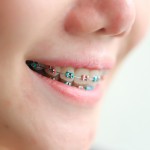
This scoping review of the literature comparing orthodontic treatment undertaken with and without the extraction of premolar teeth included 399 articles. Most study reports were of low methodological quality, and further reviews are unlikely to provide new information. Researchers should focus on high quality prospective primary studies that include outcomes of imortance to patients.
[read the full story...]